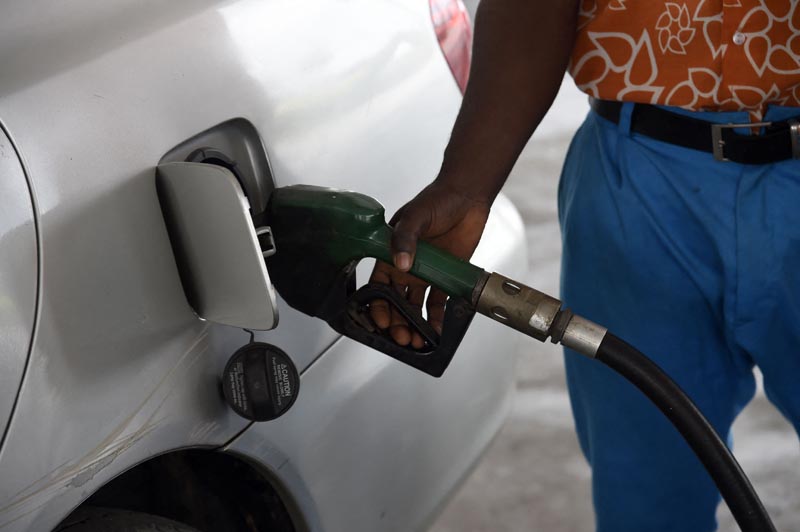LONDON: One year ago, crude oil prices plunged into the abyss, wiped out by the global coronavirus pandemic and disagreement within OPEC. Twelve months on, prices have recovered and are rising, boosted by the global vaccination rollout and brightening optimism over demand. Oil has returned to its pre-pandemic price, hovering around $65 a barrel, with predictions from Goldman Sachs it will rise above $80 in the coming months.
Strong indications are that demand will rise in countries where COVID jabs are moving apace, according to the US investment bank. Rival group Morgan Stanley is predicting that crude prices will rise to $70 a barrel in the third quarter, adding to normal seasonal demand. According to the International Energy Agency (IEA) in its latest forecast, the fundamentals of the oil market - supply and demand - are "stronger" and better balanced.
Even OPEC is more optimistic, and expects global demand for crude to rebound by six million barrels per day in 2021 to 96.5 million barrels per day. It's a remarkable turnaround from 12 months ago, when the benchmark price for US crude plunged below zero dollars for the first time in history. The market fell as low as -$40.32 on April 20 as investors were caught between a lack of buyers and an inability to take delivery of barrels due to lack of available storage space. In effect, they had to pay to get rid of the oil.
Optimism
"A lot has changed since the negative price story," said Ipek Ozkardeskaya, a senior analyst at Swissquote Bank, which specializes in online financial and trading services. "Predictions have gone well ahead of themselves, many pointing at a deeper decline toward the negative $100 per barrel mark," she told AFP. "But none of that happened, and look, a year after, many reports are now pointing at the positive $100 per barrel level instead."
In Britain, the government vaccination campaign is moving swiftly. As of Tuesday, more than 33 million people had received a first dose of a vaccine, and 10.4 million a second dose. In the United States - the world's biggest economy - where President Joe Biden has pushed through a massive stimulus package, more than half of US adults or roughly 130 million people have had at least one shot of a vaccine. That bodes well for crude demand because the US is the world's biggest consumer of oil. The International Monetary Fund (IMF) is meanwhile projecting global economic growth of 6.0 percent this year after the historic virus-induced recession of 2020.
Overconfidence
In a note to clients on Tuesday, Bjarne Schieldrop, chief commodity market analyst at SEB, warned against complacency over oil prices. "The main point is that it can happen again and that Saudi Arabia has the power to do it by flooding the market," he said. "Maybe not as extreme as it happened because there were several circumstances involved," he added, citing the Saudi-Russia price war as an example.
The row between Moscow and Riyadh at the OPEC+ ministerial summit in Vienna on March 6, 2020 compounded the effects of the pandemic. The short but intense falling out between two heavyweights in the 13-member cartel of oil-producing nations and its 10 affiliates threatened world crude storage capacity levels with cheap oil.
A fragile truce has since returned to the alliance which, after drastically cutting production to adapt supply to sluggish demand, is gradually turning back on the taps. Bjornar Tonhaugen, an analyst at Rystad, said the next step for producers to negotiate could well be energy transition, which could transform the market between now and 2050, as consumption of hydrocarbons falls and renewables surge. - AFP










